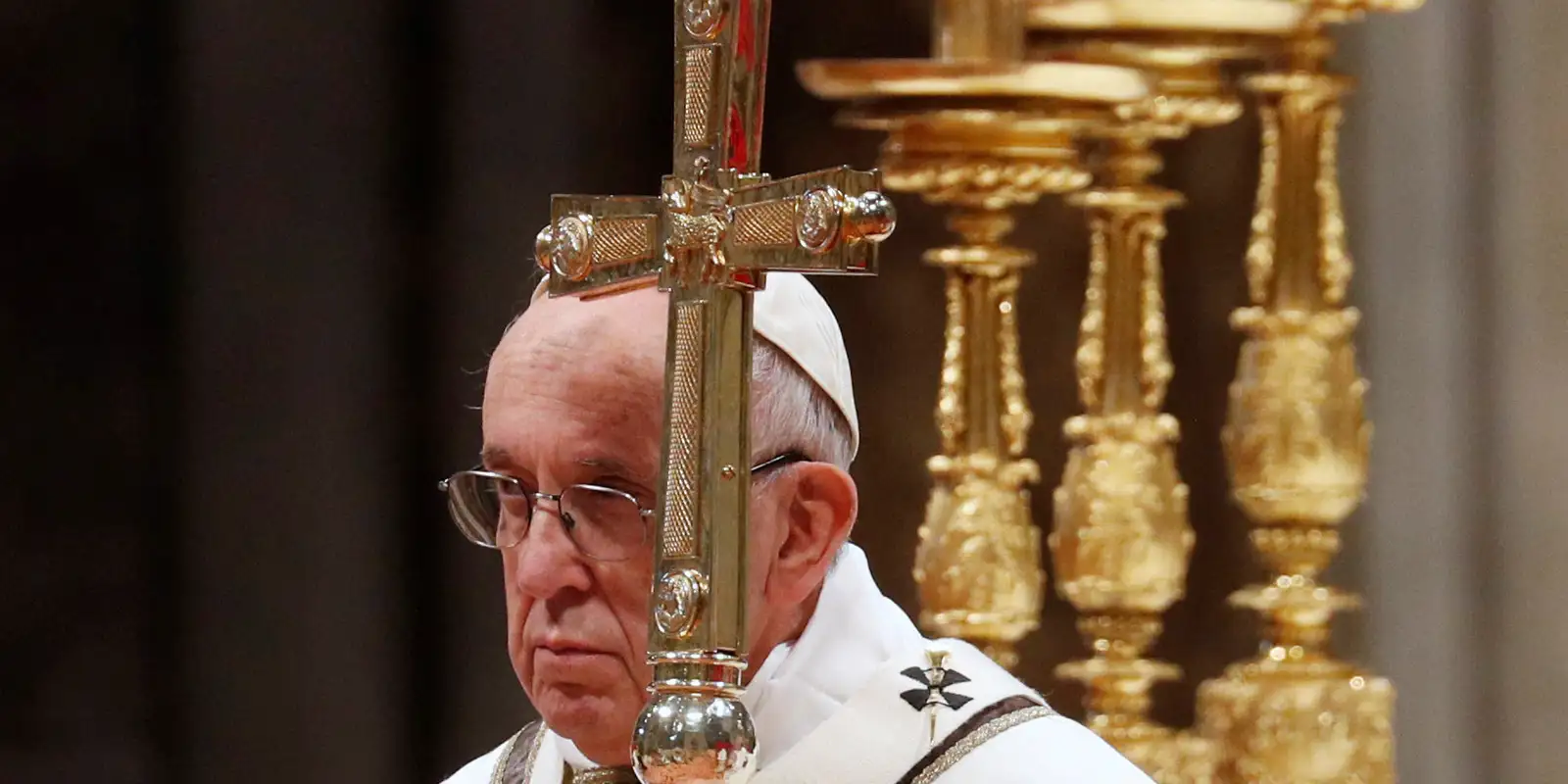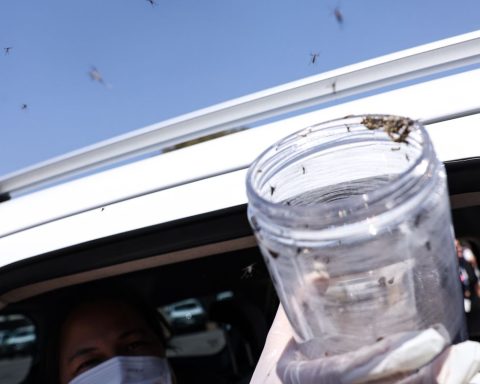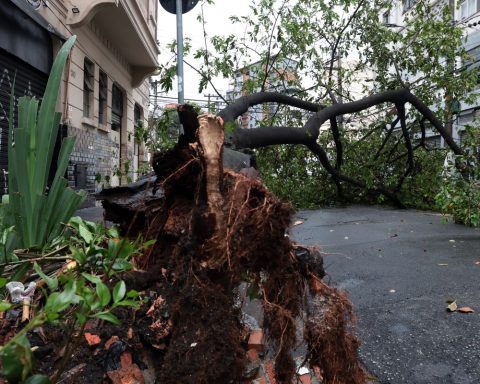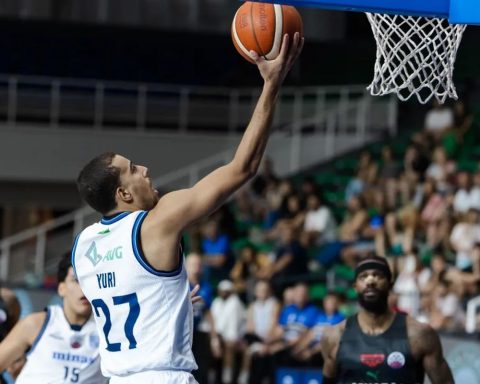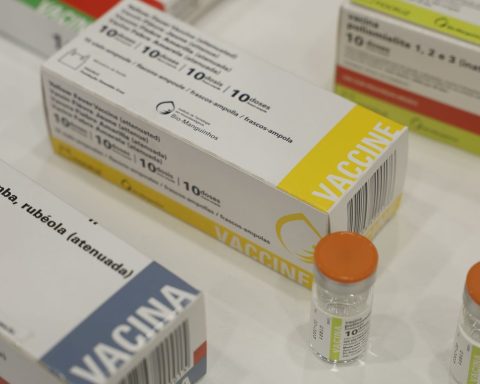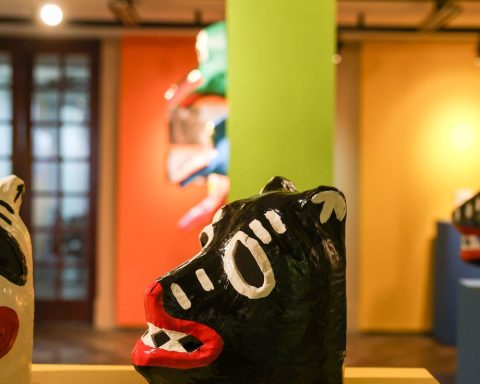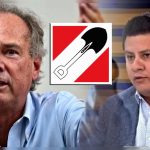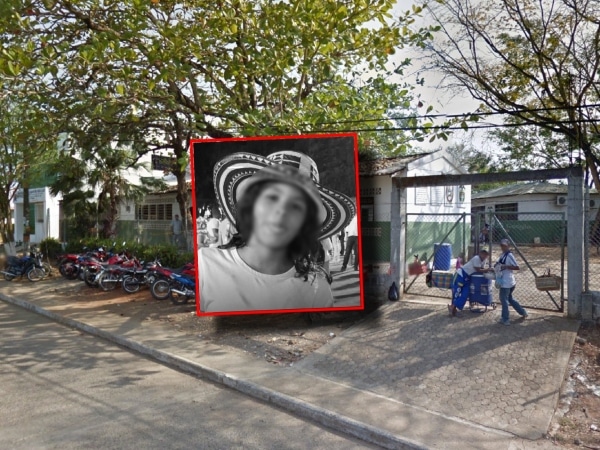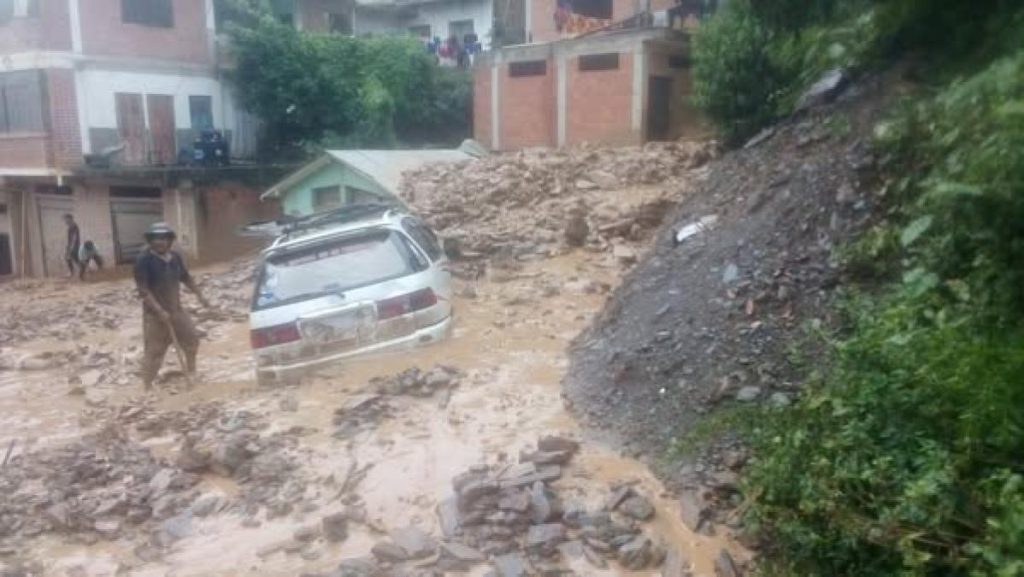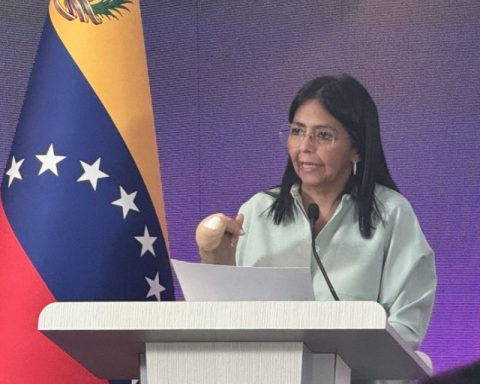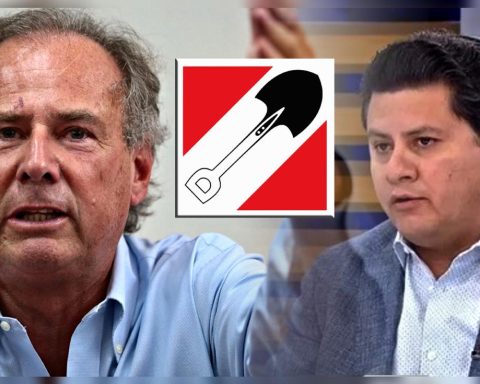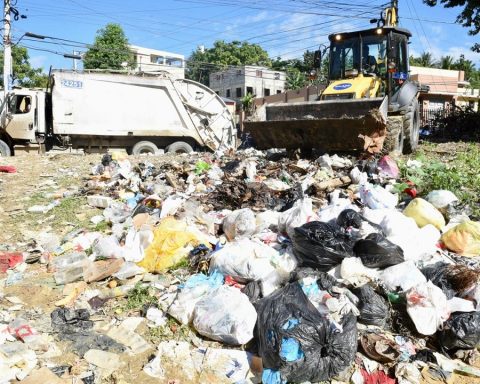The conclave is the secular ritual that marks the election of the new popes. The word comes from Latin cum clave – Closed the key – and refers to the secret vote that is performed in the Sistine Chapel, in the Vatican, from where the white smoke is thrown when the new pontiff is chosen.
With the Pope Francis’ deaththis Monday (21), the 252 cardinals of the Cardinal College will have the mission of electing the new leader of the Catholic Church.
After the rituals of the Pope’s funeral and burial, the Vatican goes through a nine -day mourning period, when he calls the Cardinal College. The cardinals are installed at Casa Santa Marta. This is the same place where Jorge Mario Bergoglio decided to live, renouncing the papal apartment in the apostolic palace.
Prior to the vote the general meetings in which all cardinals participate and discuss the problems of the church and today. From there, one begins to outline profiles that can assume the role of Bishop of Rome, Pope.
For the second part, the vote in the Sistine Chapel, only cardinals are participating under 80. The maximum number of voters is established in 120, although there is currently 135 vote – and, as in the past, exceptions may be granted. Normally, the new Pope is chosen among cardinals in the chapel, but nothing prevents someone who is out of being elected.
On the day of the conclave, from the vote to closed doors, the cardinals go to the Basilica of St. Peter to the mass presided by the dean of the Cardinal College, which is currently Italian Giovanni Battista Re. Then they follow in procession for the Sistine Chapel, prepared with seats for voting and the stove where banknotes and notes will be burned. At this time, the use of electronic devices or any contact with the outside is prohibited.
If the election begins in the afternoon, the first day will have only one voting process. Already the following will have up to four votes, two in the morning and two in the afternoon. The longest conclave in history took 33 months, almost three years, to elect Blessed Gregory X as Pope in 1271.
Each cardinal writes the name of the chosen in a rectangular paper and deposits in a ballot box. After the session, two figurators open the papers and silently read the names, while a third pronounce them aloud. The banknotes are pierced, tied to each other and burned in the stove.
If no one reaches the qualified majority of at least two thirds of the votes, a substance that dyes the smoke in black is added. If there is a elected, the dean asks if he accepts the position and what is the name chosen to exercise the pontificate. Francisco was the name chosen by Jorge Mario Bergoglio for his pontificate, in reference to São Francisco de Assis.
If the chosen cardinal accepts the position, the banknotes are burned with a white additive, showing the world that a new Pope was elected. Following, there is the announcement with the famous phrase Habemus Papam – We have Pope – In St. Peter’s Basilica. Finally, the Pope appears to give his first blessing.
Brazilians
The Cardinal College is the one who watches Carmelengo (Holy See administrator) in organizing the conclave to choose the new Pope. The current Carmelengo, Irish Kevin Farrell, has announced the death of Pope Francis and will act as the Vatican head of state in the period from funerals to the announcement of who will be the new Pope. This period is called a vacant See, when the church is without its leader.
Brazil has eight cardinals that make up the Cardinal College, five appointed by Pope Francis and three by the previous Pope, Benedict XVI. Only one of them is not a voter, which is Dom Raymundo Damasceno Assis, current Archbishop Emeritus of Aparecida (SP), who is 87 years old. Dom Damasceno was appointed by Benedict XVI and participated in the Conclave who chose Pope Francis in 2013.
The other seven Brazilian cardinals, who vote, are:
- João Braz de Aviz, 77, Archbishop Emeritus of Brasilia.
- Odilo Scherer, 75, Archbishop of São Paulo.
- Leonardo Ulrich Steiner, 74, Archbishop of Manaus.
- Orani Tempesta, 74, Archbishop of Rio de Janeiro.
- Sérgio da Rocha, 65, Archbishop of Salvador, Primate of Brazil for conducting the oldest archdiocese of the country.
- Jaime Spengler, 64, Archbishop of Porto Alegre and president of the National Conference of Bishops of Brazil (CNBB).
- Paulo Cezar Costa, 57, Archbishop of Brasilia, 57 years old.
This Monday, at a news conference in Brasilia, Dom Raymundo Damasceno pointed out that the choice of the new Pope is a choice of faith, for an appropriate, not political profile. There are no candidates and no campaigns, according to him.
“It is a work of God, it is an action of the Holy Spirit, no doubt,” he said. “Conclave is a time of silence, a time of prayer, of consideration, so that the person votes according to his conscience, in what he judges the most appropriate at this time for the church,” he added.
Archbishop Emeritus recalled that 80% of the electoral college cardinals were created by Pope Francis, who, throughout his pontificate, turned great to the peripheries of the world. “It is a college represented by cardinals from all the outskirts of the world,” he said.
Of the 252 cardinals, 149 were appointed by Francis, 108 of them voting. Of the total cardinals, 114 are Europeans, 37 Asians, 32 South Americans, 29 Africans, 28, Americans, eight from Central America and four from Oceania. Among European cardinals, however, only 46.5% can vote.
